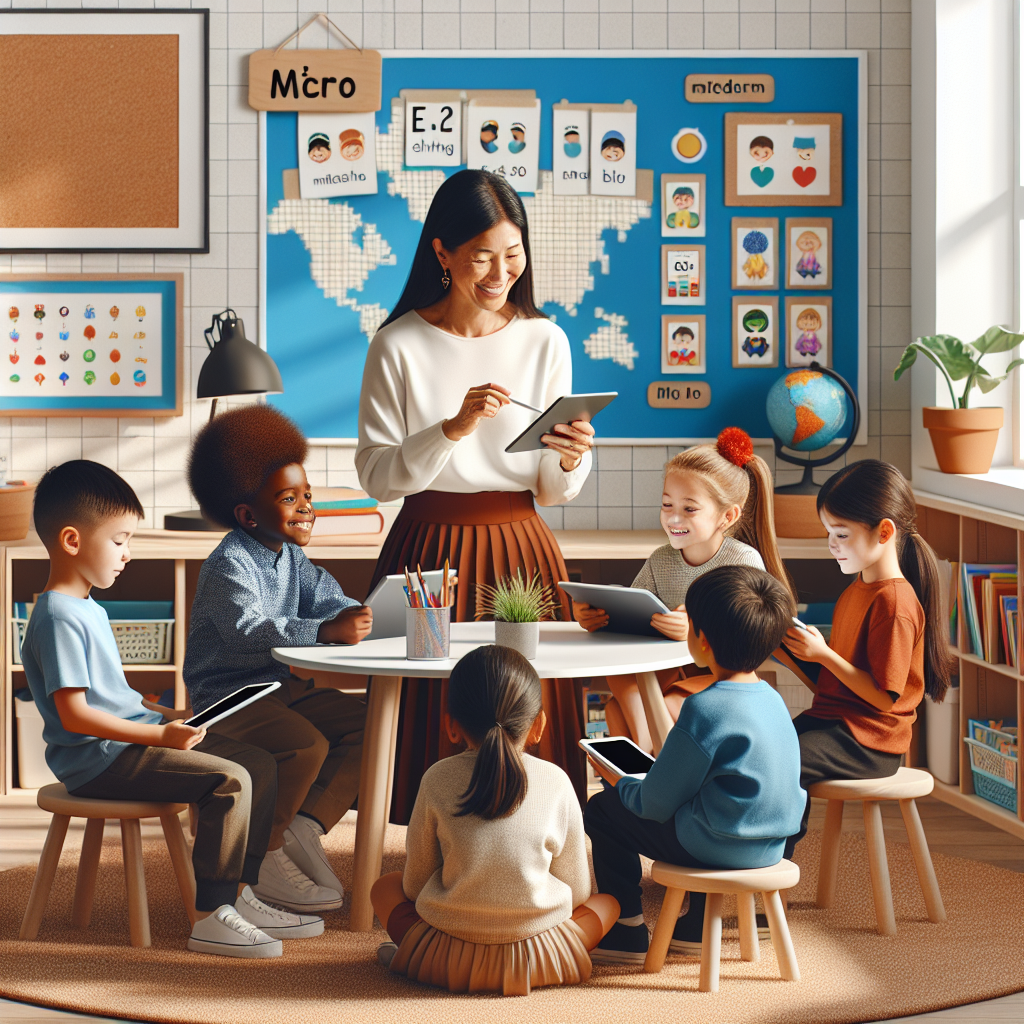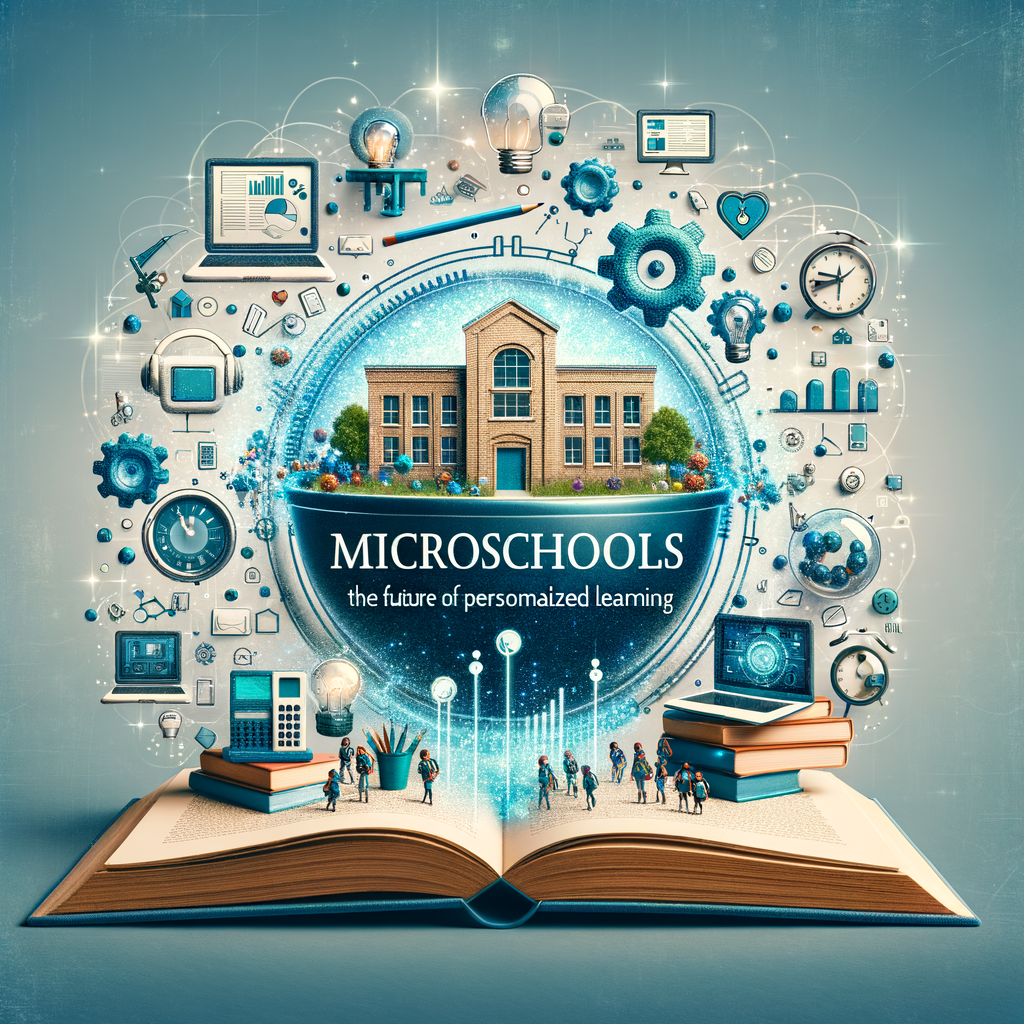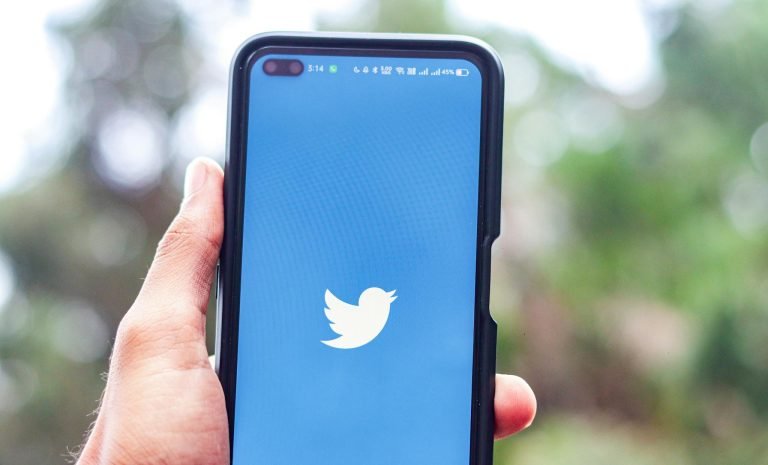Microschools: The Future of Personalized Learning
- Understanding Microschools
- The Concept of Microschools
- Unique Features of Microschools
- Personalized Learning
- Community-Focused Environment
- Innovative Curriculum
- Benefits of Microschools
- Flexibility and Adaptability
- Enhanced Teacher-Student Interaction
- Holistic Development
- Challenges to Consider
- Conclusion
Understanding Microschools
In an era where traditional education models are increasingly scrutinized, microschools have emerged as an innovative alternative gaining traction among parents and educators alike. These small, independent learning environments typically cater to a limited number of students, fostering a personalized approach to education that prioritizes individual learning styles and needs.
The Concept of Microschools
Microschools function as miniaturized versions of traditional schools, often comprising anywhere from 5 to 15 students. They can be run by a single educator, a small team, or even cooperatively by a group of families. This intimate setting allows for targeted instruction and deep relationship-building among students and educators, which can contribute positively to the learning experience.
Unique Features of Microschools
Personalized Learning
One of the standout features of microschools is their emphasis on personalized learning. Unlike conventional classrooms, where one teacher often manages a diverse group of learners, microschools have the flexibility to tailor their educational approaches. Educators can adapt the curriculum based on the unique strengths, interests, and needs of each student, providing a more engaging and effective learning journey.
Community-Focused Environment
Microschools foster a strong sense of community. When students learn in small groups, they are more likely to develop close connections with one another, as well as with their educators. This supportive environment not only enhances social learning but can also lead to improved emotional well-being. Parents often play an active role in these setups, contributing to a vibrant community that extends beyond the classroom.
Innovative Curriculum
Another hallmark of microschools is often their forward-thinking curriculum. These institutions may embrace non-traditional teaching methods, including project-based learning, experiential learning, and a focus on real-world applications. This flexibility allows students to engage with the material in meaningful ways, enhancing retention and fostering critical thinking skills.
Benefits of Microschools
Flexibility and Adaptability
Microschools often have fewer bureaucratic constraints than traditional schools, enabling educators to experiment with innovative teaching methods and curriculum designs. This adaptability can be beneficial for students who may not thrive in conventional educational environments.
Enhanced Teacher-Student Interaction
With a lower student-to-teacher ratio, microschools allow for greater interaction and support. Educators can closely monitor each student’s progress and provide immediate feedback, facilitating a more responsive educational experience.
Holistic Development
Microschools typically emphasize not just academic growth, but also social and emotional development. By nurturing the whole child, these educational models can foster resilience, creativity, and interpersonal skills that are essential for success in today’s world.
Challenges to Consider
While the benefits of microschools are noteworthy, there are challenges as well. The sustainability of these schools can be a concern, particularly in terms of funding and resources. Moreover, parents opting for this alternative may need to be more involved in their children’s education, which can be a demanding commitment.
Conclusion
Microschools represent a significant shift in how education can be approached, emphasizing personalization, community, and innovative teaching methods. As more families seek alternatives to traditional schooling, understanding this model can provide valuable insights into the future of education. While they may not be suitable for every child, microschools offer a compelling option for those looking for a tailored educational experience.







